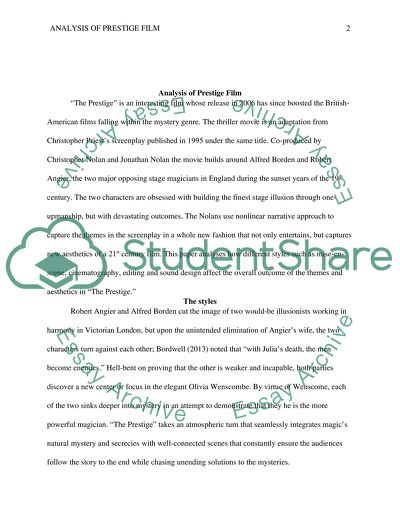Cite this document
(“Doppelganger Essay Example | Topics and Well Written Essays - 2000 words - 4”, n.d.)
Doppelganger Essay Example | Topics and Well Written Essays - 2000 words - 4. Retrieved from https://studentshare.org/visual-arts-film-studies/1695851-doppelganger
Doppelganger Essay Example | Topics and Well Written Essays - 2000 words - 4. Retrieved from https://studentshare.org/visual-arts-film-studies/1695851-doppelganger
(Doppelganger Essay Example | Topics and Well Written Essays - 2000 Words - 4)
Doppelganger Essay Example | Topics and Well Written Essays - 2000 Words - 4. https://studentshare.org/visual-arts-film-studies/1695851-doppelganger.
Doppelganger Essay Example | Topics and Well Written Essays - 2000 Words - 4. https://studentshare.org/visual-arts-film-studies/1695851-doppelganger.
“Doppelganger Essay Example | Topics and Well Written Essays - 2000 Words - 4”, n.d. https://studentshare.org/visual-arts-film-studies/1695851-doppelganger.


